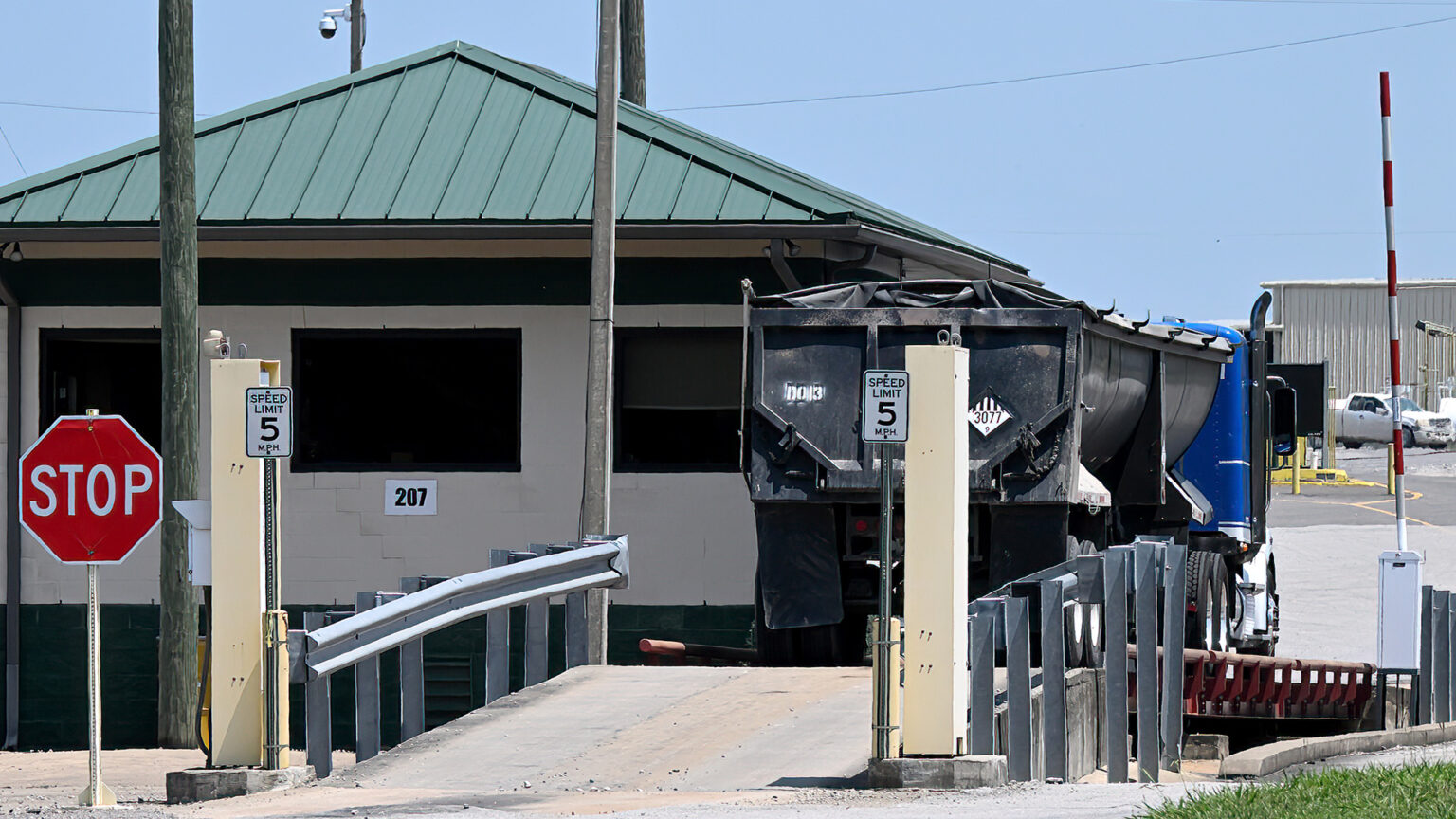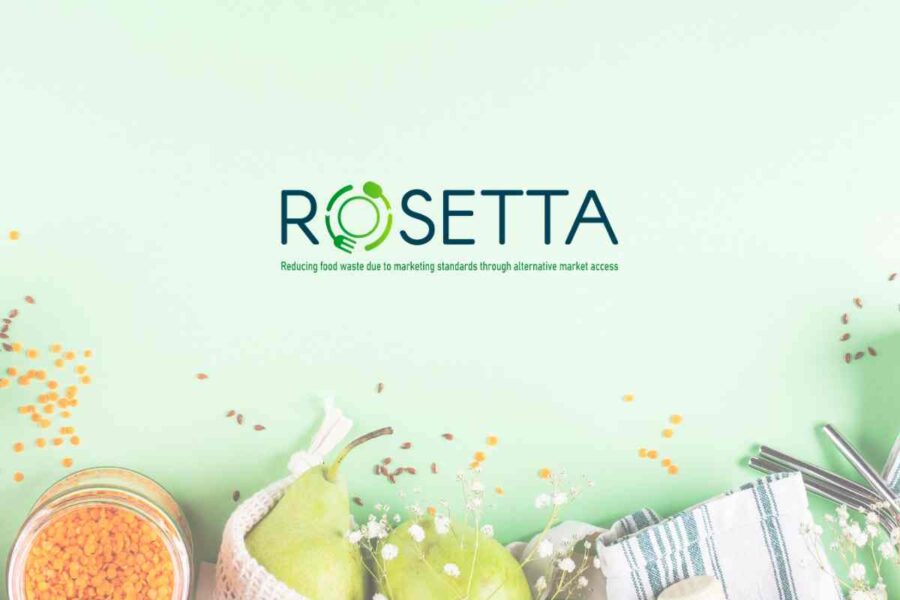Report on Judicial Injunction Against Hazardous Waste Disposal in Michigan and its Implications for Sustainable Development Goals
Executive Summary
A judicial ruling in Michigan has temporarily halted the transportation of hazardous waste to the Wayne Disposal landfill in suburban Detroit. The injunction, issued by Judge Kevin Cox, responds to community concerns regarding environmental and public health risks, directly engaging with several United Nations Sustainable Development Goals (SDGs). The case highlights the critical tension between national industrial cleanup imperatives and the local pursuit of safe, healthy, and sustainable communities.
Background of the Injunction
The court order specifically addresses waste materials originating from historical military and energy projects, posing a direct challenge to waste management practices and their alignment with sustainability principles.
- Action: Judge Kevin Cox issued an injunction preventing Wayne Disposal from receiving specific hazardous waste shipments.
- Waste Profile: The materials include soil contaminated during early atomic energy programs and Manhattan Project-era weapons production.
- Origin of Shipments: The halted waste was designated for transport from U.S. Army Corps of Engineers cleanup sites in Ohio, Iowa, New Jersey, New York, and Missouri.
- Operator’s Stance: Republic Services, the landfill operator, maintains that its facility complies with or surpasses all regulatory safety standards.
Analysis in the Context of Sustainable Development Goals (SDGs)
The community’s legal challenge and the subsequent court decision underscore a commitment to several key SDGs, focusing on environmental integrity and human well-being.
- SDG 3: Good Health and Well-being: The primary concern of local officials and residents is the potential for toxic contamination to compromise public health. The proximity of the landfill to homes and schools elevates the risk of exposure to hazardous materials, which could have lasting negative health consequences, directly contravening the goal of ensuring healthy lives.
- SDG 6: Clean Water and Sanitation: The landfill’s location near local waterways presents a significant threat to water resources. Any leak or breach could lead to the contamination of groundwater and surface water, jeopardizing the community’s access to clean water and threatening aquatic ecosystems, a core target of SDG 6.
- SDG 11: Sustainable Cities and Communities: This case exemplifies the challenge of creating safe, resilient, and sustainable human settlements. The community’s opposition reflects a demand for environmental protection as a fundamental component of a sustainable urban environment, asserting that industrial waste disposal should not endanger residential areas.
- SDG 12: Responsible Consumption and Production: The issue addresses the lifecycle of hazardous materials, specifically their end-of-life management. The dispute highlights the urgent need for environmentally sound management of chemical and other wastes, as mandated by SDG 12, particularly for legacy waste from past industrial and military production.
- SDG 16: Peace, Justice and Strong Institutions: The legal action represents a successful use of institutional mechanisms to address environmental grievances. The court’s injunction demonstrates the role of a strong and impartial judiciary in upholding environmental justice and ensuring that community voices are heard in decisions affecting their safety and environment. As stated by Van Buren Township Supervisor Kevin McNamara, “We stood strong with our community allies speaking collectively with one voice that we do not want this type of waste in our community.”
Conclusion and Broader Implications
The injunction at the Wayne Disposal landfill serves as a significant case study in environmental governance. It demonstrates a growing local-level insistence on aligning industrial activities, including waste disposal, with the principles of sustainable development. The conflict between the U.S. Army Corps of Engineers’ cleanup requirements and the community’s demand for environmental safety highlights a fundamental challenge in achieving national goals without compromising local health and sustainability, reinforcing the interconnected nature of the SDGs.
1. Which SDGs are addressed or connected to the issues highlighted in the article?
-
SDG 3: Good Health and Well-being
The article highlights concerns that the landfill’s proximity to homes and schools could lead to contamination, posing risks to human health. The text explicitly mentions that “even small leaks can have lasting consequences for human health.”
-
SDG 6: Clean Water and Sanitation
The potential contamination of waterways is a key issue. Community leaders argued the facility’s proximity to “waterways created unacceptable environmental risks,” and the article notes that contaminants can “travel through groundwater.”
-
SDG 11: Sustainable Cities and Communities
The conflict takes place in a “suburban Detroit” area, focusing on the environmental safety and quality of life within a human settlement. The core issue is managing hazardous waste to protect the local community, which is central to creating sustainable and safe living environments.
-
SDG 12: Responsible Consumption and Production
This goal is directly addressed through the theme of managing hazardous waste. The article discusses stopping shipments of “hazardous waste,” including “waste linked to weapons production and early atomic energy work,” which relates to the environmentally sound management of waste throughout its life cycle.
-
SDG 15: Life on Land
The article mentions that leaks of toxic material can have “lasting consequences for… ecosystems.” This connects the issue to the protection of local terrestrial and freshwater ecosystems from pollution and contamination.
-
SDG 16: Peace, Justice and Strong Institutions
The community’s successful legal action demonstrates this goal. A “Michigan judge has blocked shipments” following arguments from “community leaders.” This shows citizens using the justice system to hold institutions (the landfill operator and the U.S. Army Corps of Engineers) accountable and ensure responsive decision-making, as reinforced by the quote: “We stood strong with our community allies speaking collectively with one voice.”
2. What specific targets under those SDGs can be identified based on the article’s content?
-
Target 3.9: Substantially reduce the number of deaths and illnesses from hazardous chemicals and air, water and soil pollution and contamination.
The community’s fear of “unacceptable environmental risks” from “radioactive or chemically toxic material” directly relates to preventing illnesses caused by pollution from hazardous waste.
-
Target 6.3: Improve water quality by reducing pollution, eliminating dumping and minimizing release of hazardous chemicals and materials.
The legal action to block “shipments of hazardous waste” is a direct attempt to prevent the release of hazardous materials that could contaminate local “waterways” and “groundwater.”
-
Target 11.6: Reduce the adverse per capita environmental impact of cities, including by paying special attention to air quality and municipal and other waste management.
The article focuses on the management of “hazardous waste” in a “suburban Detroit landfill” located near “homes, schools, and waterways.” The community’s action aims to reduce the adverse environmental impact of this waste facility on their populated area.
-
Target 12.4: Achieve the environmentally sound management of chemicals and all wastes throughout their life cycle… and significantly reduce their release to air, water and soil.
The entire case revolves around the proper management of hazardous waste, specifically “waste linked to weapons production and early atomic energy work.” The injunction is a measure to prevent its release and minimize adverse impacts on the local environment and human health.
-
Target 16.3: Promote the rule of law… and ensure equal access to justice for all.
The article describes how “community leaders” successfully used the legal system to achieve their goal. The fact that “Judge Kevin Cox issued an injunction” shows the justice system functioning to address the community’s concerns, providing access to justice.
3. Are there any indicators mentioned or implied in the article that can be used to measure progress towards the identified targets?
-
Indicator for Targets 11.6 and 12.4: Amount of hazardous waste treated or disposed of.
The article explicitly mentions “shipments of hazardous waste from five states” being halted. The volume and nature of this waste (e.g., “Manhattan Project-era soil”) is a direct indicator. The injunction’s success can be measured by the reduction (in this case, to zero) of this specific type of waste being sent to the landfill.
-
Indicator for Target 6.3: Level of water quality.
While not explicitly measured in the article, a key implied indicator is the level of contaminants in the “waterways” and “groundwater.” The community’s action is preemptive, aimed at preventing these levels from rising. Progress is measured by maintaining the safety of the water supply.
-
Indicator for Target 3.9: Reduction in illnesses from pollution.
The article implies this indicator by highlighting the “lasting consequences for human health.” The prevention of waste shipments is a measure to avoid future health problems. Progress is the absence of illnesses linked to landfill contamination in the community.
-
Indicator for Target 16.3: Number of legal or judicial actions taken by communities to protect their environment.
The article provides a clear example of such an action: “A Michigan judge has blocked shipments.” The issuance of the “injunction” is a specific, measurable outcome that serves as an indicator of a community successfully accessing the justice system to protect its rights and environment.
4. Create a table with three columns titled ‘SDGs, Targets and Indicators” to present the findings from analyzing the article. In this table, list the Sustainable Development Goals (SDGs), their corresponding targets, and the specific indicators identified in the article.
| SDGs | Targets | Indicators |
|---|---|---|
| SDG 3: Good Health and Well-being | 3.9: Substantially reduce deaths and illnesses from hazardous chemicals and pollution. | Implied: Prevention of illnesses in the community by stopping potential contamination from the landfill. |
| SDG 6: Clean Water and Sanitation | 6.3: Improve water quality by reducing pollution and minimizing the release of hazardous materials. | Implied: Levels of contaminants in local “waterways” and “groundwater.” The goal is to prevent any increase. |
| SDG 11: Sustainable Cities and Communities | 11.6: Reduce the adverse per capita environmental impact of cities, focusing on waste management. | Mentioned: The volume of “hazardous waste” shipments from five states intended for the suburban landfill. |
| SDG 12: Responsible Consumption and Production | 12.4: Achieve environmentally sound management of chemicals and all wastes. | Mentioned: The halt of shipments of specific hazardous waste (“waste linked to weapons production,” “Manhattan Project-era soil”). |
| SDG 15: Life on Land | 15.1: Ensure the conservation and sustainable use of terrestrial and inland freshwater ecosystems. | Implied: The health of local ecosystems, measured by the absence of contamination from the landfill. |
| SDG 16: Peace, Justice and Strong Institutions | 16.3: Promote the rule of law and ensure equal access to justice. | Mentioned: The successful legal action by the community, resulting in a court-issued “injunction.” |
Source: ehn.org







